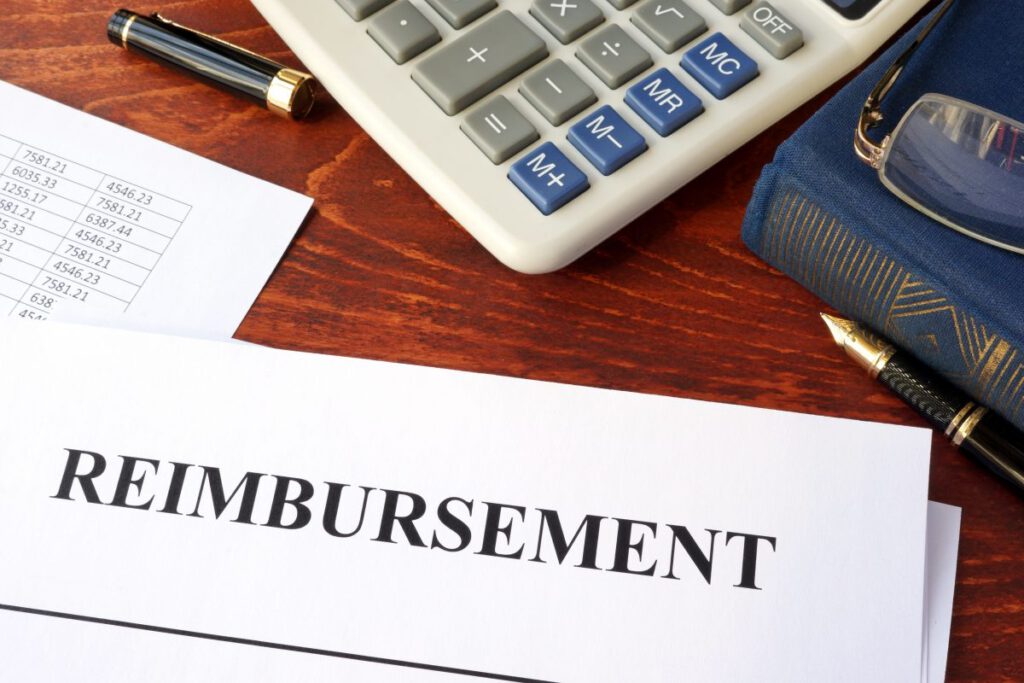
Major Overhaul of Federal Grantmaking Practices
04.24.2024 | Linda J. Rosenthal, JD

In A New Accounting Rule: But Don’t Sleep Through This One (March 10, 2015), we first told you about a bold step by the federal government to more fully reimburse government grantees and contractors for both direct and indirect costs.
These important changes to the Uniform Guidance Rules of the federal Office of Management and Budget (OMB) apply to all contracts signed after December 26, 2014, that include federal dollars as part of the funding. As of that date, all government entities that select nonprofits to deliver services must reimburse them for the “reasonable indirect costs” – (sometimes called “overhead” or “administrative” costs) – they incur.
These new OMB Uniform Guidance Rules were hailed as “a signature accomplishment of the … National Council of Nonprofits” and a “… a major victory for people who depend on nonprofits every day.” We took a look at the progress or lack of it in Los Angeles Leads the Way Implementing New OMB Grant Rules (April 14, 2016) and again in March 2018 in Government Contracts with Nonprofits: Update.
In our 2018 post, we noted that federal officials back in 2014 had “included a specific caution to nonprofits; namely, that these charities ‘may encounter resistance from federal, state, or local employees, or other opposition based on lack of knowledge or understanding of these new rules.’ The advice: ‘Be proactive in enforcing these new rights….’” The National Council of Nonprofits (NCN) had conducted an interim survey in 2017 of how government officials, as well as recipient charities, felt about the Uniform Guidance Rules. Most respondents reported “disappointing, but not particularly surprising, shortcomings” from government practices; in particular, they saw “few of the mandated changes in reimbursement practices for indirect costs.” Government and nonprofit respondents, alike, also reported there was increased monitoring of organizations – contrary to “the reform goal of shifting the focus from compliance to outcomes.”
The survey results demonstrate “a great deal of inconsistency across government agencies in how they reimburse nonprofits for indirect costs. Even those claiming that they follow the Uniform Guidance do not appear to be interpreting the rules correctly.” There have been the most problems with the application of the so-called “10 percent de minimus rule.”
On January 22, 2020, the Office of Management and Budget published draft regulations in the Federal Register that are aimed at remedying many of the problems in the Uniform Guidance Rules that have been noted by government agencies as well as nonprofit contractors. The announcement and full text of Guidance for Grants and Agreements is here. Following the usual administrative rule-making practice, the public may submit comments on or before March 23, 2019.
In OMB Proposes Improving Rules for Reimbursing Nonprofits’ Indirect Costs, the National Council of Nonprofits provides a helpful two-page summary and analysis. According to NCN, the “federal rules governing grants to nonprofits would be substantially improved under” the OMB’s proposed changes to the Rules. “Most notably, the proposed regulations would expand and strengthen the guarantee that nonprofits receive reimbursement of their indirect costs.” There are three key changes: (1) expanded access to the “de minimus” rate; (2) reduced documentation burdens; and (3) public disclosure of rates.
The 2014 OMB Uniform Guidance Rules were “groundbreaking and long overdue,” according to NCN in its summary of the current amendments. But “… the mandate as originally worded was interpreted by many in ways that thwarted the will of the federal government and imposed unreasonable, unnecessary, and costly burdens on the nonprofits they hired to provide vital services in communities.“
Among the new provisions is express confirmation of the original intent of the 2014 Uniform Guidance Rules “… that governments and other passthrough entities must pay nonprofits for their legitimate indirect costs incurred when providing services on behalf of governments.” This includes a requirement that nonprofits “… be paid either their negotiated indirect cost rate or a de minimus rate of 10 percent of modified total direct costs.” The current proposed amendments also “prohibit several tactics used by state and local governments and others to avoid” the 2014 protections.
The public-comment submission procedures are here. In the current desert of federal help for the nonprofit world, this is an oasis of opportunity. Regulators generally read these comments and can be swayed by them.
— Linda J. Rosenthal, J.D., FPLG Information & Research Director
